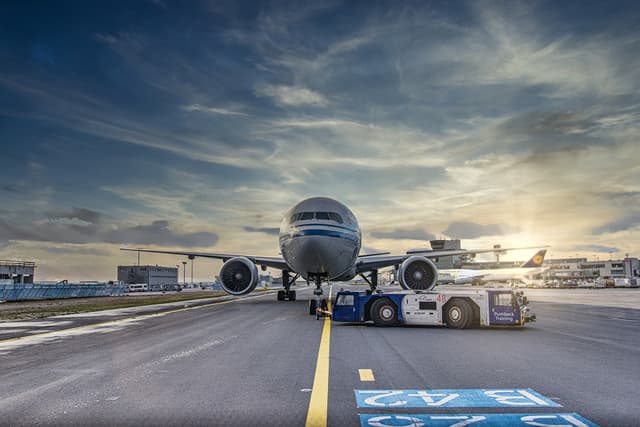Air resistance: do and review
I can carry out an investigation into air resistance and evaluate results.
Air resistance: do and review
I can carry out an investigation into air resistance and evaluate results.
These resources will be removed by end of Summer Term 2025.
Switch to our new teaching resources now - designed by teachers and leading subject experts, and tested in classrooms.
These resources were created for remote use during the pandemic and are not designed for classroom teaching.
Lesson details
Key learning points
- Scientists often repeat tests in order to gather more information and make sure their results did not happen by chance.
- The findings from an investigation can be summarised in a conclusion.
- Greater surface area on a moving object can increase air resistance.
Keywords
Force - A force is a push or a pull. Forces can make objects change speed, change direction or change shape.
Air resistance - Air resistance is a type of friction force which acts between the air and the surface of an object.
Fair test investigation - A fair test investigation is where only one thing is changed, to see what effect that has on the results of the investigation.
Conclusion - In a conclusion, scientists explain what the results show or mean.
Common misconception
Air resistance does not exist or it only works vertically.
Explicit teaching including diagrams and examples of air resistance working in all directions.
To help you plan your year 5 science lesson on: Air resistance: do and review, download all teaching resources for free and adapt to suit your pupils' needs...
To help you plan your year 5 science lesson on: Air resistance: do and review, download all teaching resources for free and adapt to suit your pupils' needs.
The starter quiz will activate and check your pupils' prior knowledge, with versions available both with and without answers in PDF format.
We use learning cycles to break down learning into key concepts or ideas linked to the learning outcome. Each learning cycle features explanations with checks for understanding and practice tasks with feedback. All of this is found in our slide decks, ready for you to download and edit. The practice tasks are also available as printable worksheets and some lessons have additional materials with extra material you might need for teaching the lesson.
The assessment exit quiz will test your pupils' understanding of the key learning points.
Our video is a tool for planning, showing how other teachers might teach the lesson, offering helpful tips, modelled explanations and inspiration for your own delivery in the classroom. Plus, you can set it as homework or revision for pupils and keep their learning on track by sharing an online pupil version of this lesson.
Explore more key stage 2 science lessons from the Forces including simple machines unit, dive into the full secondary science curriculum, or learn more about lesson planning.

Equipment
See additional materials for guidance.
Content guidance
- Risk assessment required - equipment
Supervision
Adult supervision required
Licence
Starter quiz
6 Questions
the force between the surface of a flying bird and the air
the force between moving roller skate wheels and the floor



an aeroplane landing
an aeroplane taking off



Exit quiz
6 Questions
a statement of what might happen
an explanation of how to do the investigation
a set of data
an explanation of the results




